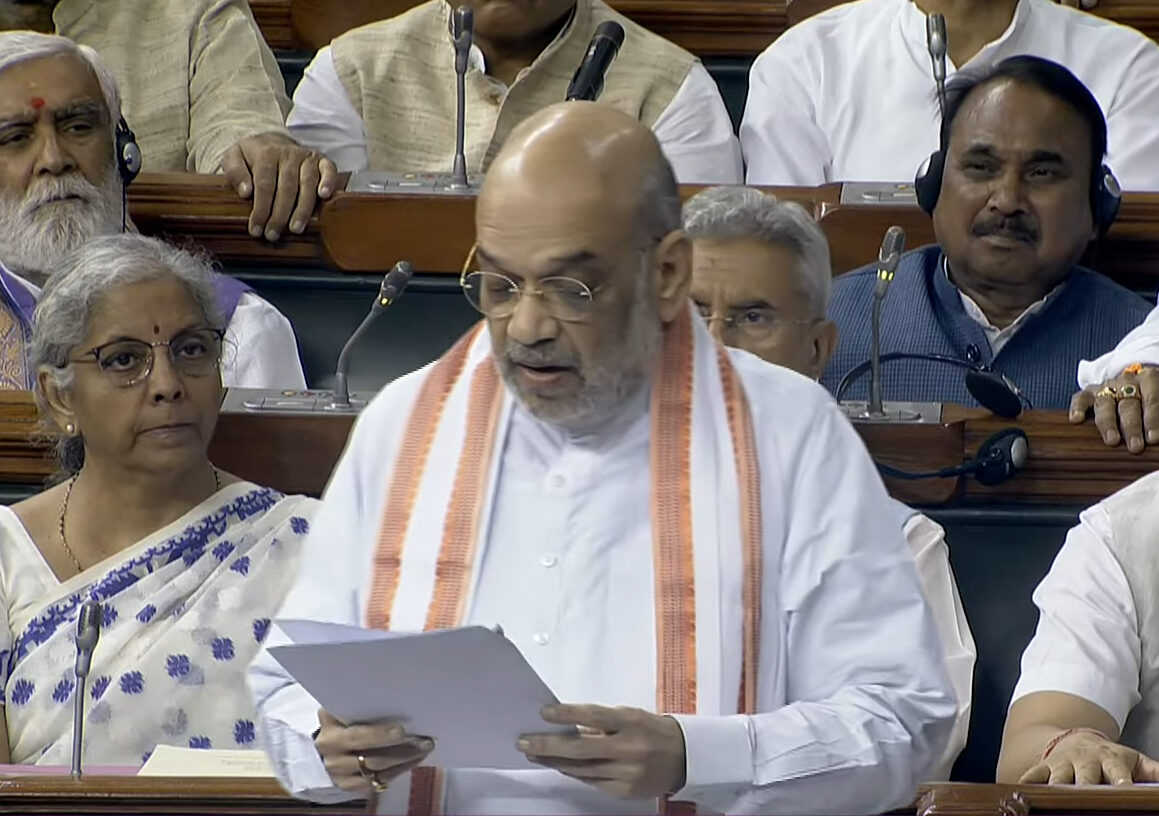The Indian Parliament has initiated sweeping amendments to the Indian Penal Code (IPC), Code of Criminal Procedure (CrPC), and Evidence Act, all of which trace their roots back to British colonial times. These revisions, introduced by Union Home Minister Amit Shah, mark a significant shift in India’s legal landscape, addressing critical issues and streamlining outdated provisions. Here’s a breakdown of the fundamental changes and their implications.
1. Sedition Law Transformation: “Treason” to “Sedition” The age-old term “treason” will now be replaced by “sedition” in a revamped Section 150. This amendment targets acts against the nation, whether verbal, written, or through electronic means, with punishment ranging from seven years to life imprisonment. The focus is on threats to national unity and sovereignty, along with a redefined terrorism concept.
2. Revamping Punishment for Minor Offenses Significant changes await minor offenses, where those guilty of crimes like drunken rioting or theft below INR 5000 could face 24 hours in jail or a INR 1000 fine. This shift promotes alternative penalties, including fines and community service, similar to practices in countries like the US and the UK.
3. Battling Mob Lynching: Introduction of Death Penalty The reforms introduce provisions for the death penalty in cases of mob lynching involving five or more individuals based on factors like caste, creed, or language. The minimum sentence is set at seven years or even the death penalty. Existing sections like 302, 147-148 will be reinforced to address mob-related violence.
4. Speeding Up Judicial Processes With the staggering burden of pending cases, the reforms mandate trial courts to deliver verdicts within three years. This move addresses the backlog of over five crore pending cases, especially the 4.44 crore in trial courts. Tackling the 5,850 vacant judge positions also takes center stage.
5. Embracing Digital Transformation A significant digital shift is introduced, enabling online proceedings, including video interrogations and trials. The legal system, from FIRs to court decisions, is set to go paperless. Videography of search and seizure is incorporated, and forensic science takes a pivotal role in investigations, particularly for crimes with sentences exceeding seven years.
6. Curbing Political Influence Over Sentences Stringent measures are in place to prevent political misuse of sentence waivers. Death sentences can now only be commuted to life imprisonment, and life sentences can be reduced to a minimum of seven years. This prevents undue evasion of substantial sentences due to political influence.
7. Geographical Flexibility and Zero FIR Enhancing access to justice, amendments allow FIRs to be registered anywhere in the country. The updated Zero FIR provisions require case transfers to relevant police stations within 15 days. Police officers will issue certificates certifying responsibility to arrested individuals’ families.
8. Stricter Measures Against Exploitation of Women New provisions address sexual exploitation through promises of marriage, employment, or promotions, emphasizing consent and transparent relationships.
Conclusion: These amendments signify a comprehensive effort to modernize India’s legal system, replacing colonial-era laws with contemporary norms. While the reforms offer a path to a just and efficient legal landscape, implementation challenges, and resource allocation remain areas of discussion. The parliamentary committee will scrutinize the bills before entering the debate and passage stages in both the Lok Sabha and the Rajya Sabha.
